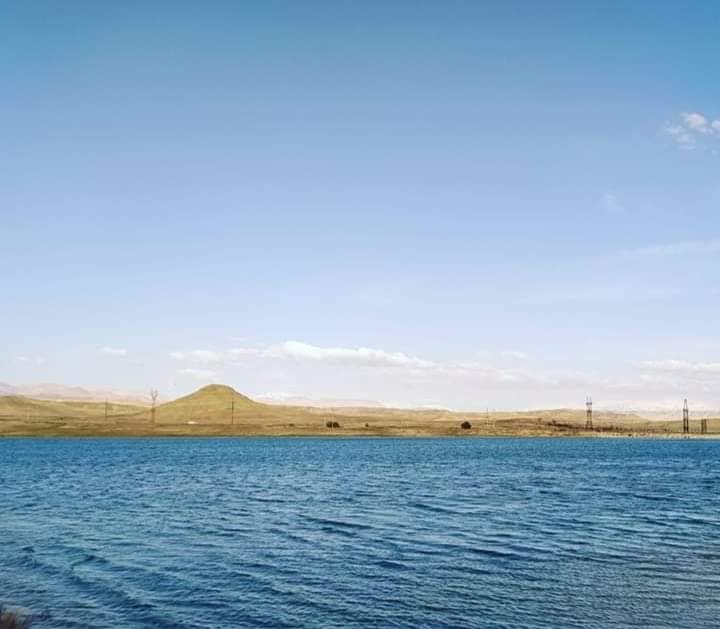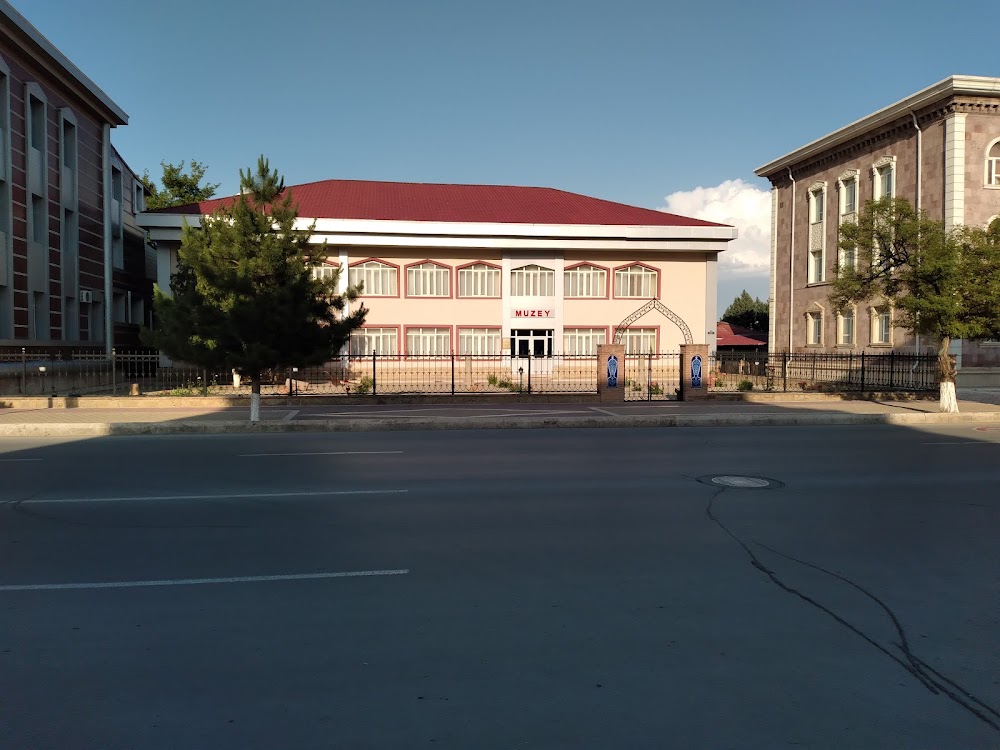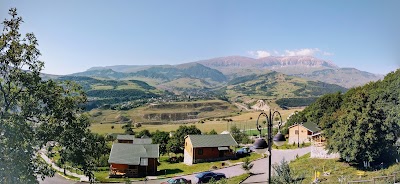Ancient Kangarli Fortress (Крепость Кангарли)
Overview
The **Kangarli Fortress**, nestled in the heart of the Kangarli District of Niger, stands as a remarkable testament to the area's rich history and architectural prowess. This ancient stronghold, built centuries ago, has withstood the test of time, showcasing the skill and determination of its creators.
The fortress's construction began in the **early medieval period**, a response to the region's need for protection against frequent invasions and raids. Recognizing Kangarli's strategic importance, local chieftains rallied their communities to create a formidable structure that would safeguard their inhabitants and their way of life.
Choosing a naturally elevated site for the fortress was a strategic decision by the architects. This high ground provided a commanding vantage point, making it extremely difficult for invaders to launch surprise attacks. The surrounding landscape, featuring dense vegetation and steep cliffs, further enhanced the fortress's defenses.
Utilizing **locally-sourced materials**, the builders employed stones and adobe for construction, chosen for their availability and strength. Workers toiled diligently, using traditional techniques to cut, shape, and transport the heavy stones. Remarkably, despite the absence of modern machinery, the construction process was efficient, highlighting the ingenuity and teamwork of the builders.
As the foundation was laid, the fortress walls began to rise. Designed to be thick and imposing, many walls reached heights of over ten meters. Reinforced with wooden beams and coated with a mixture of clay and straw, these walls offered insulation and protection from the elements.
One of the fortress's most striking features is its **network of towers**. Strategically positioned along the perimeter, these towers served dual purposes: defense and observation. Soldiers stationed in the towers could spot approaching enemies from afar and alert the rest of the fortress, while archers could launch arrows at attackers, creating a formidable line of defense.
The **entrance to the fortress** was meticulously designed. A massive wooden gate, fortified with iron studs, controlled access to the interior. This gate could be swiftly closed and barred in times of danger, effectively sealing off the fortress. Additionally, the winding path leading to the gate was intentionally crafted to slow down advancing forces, giving defenders a crucial advantage.
Inside the fortress, various structures catered to the community's needs. Storerooms ensured a supply of food and provisions, allowing inhabitants to endure prolonged sieges. Barracks provided accommodations for soldiers, while communal spaces facilitated daily activities and gatherings. A central courtyard often served as a marketplace, where merchants traded goods and villagers socialized.
Over the centuries, **Kangarli Fortress** has undergone numerous renovations and expansions. New defensive features were added, and older structures were reinforced to meet evolving needs and technologies. Despite these changes, the fortress has retained its original charm and significance.
Today, Kangarli Fortress is a valuable **historical and cultural monument**. Preservation efforts have been implemented to protect its structure from deterioration, while historians and archaeologists continue to study the site, revealing new insights into the lives of its builders and inhabitants.
For visitors, the fortress offers a captivating glimpse into the past, providing a tangible connection to the history of the Kangarli District and the broader region of Niger. The towering walls, sturdy gates, and ancient towers evoke a sense of awe and respect for the people who constructed this remarkable stronghold, ensuring that their legacy endures for generations to come.







